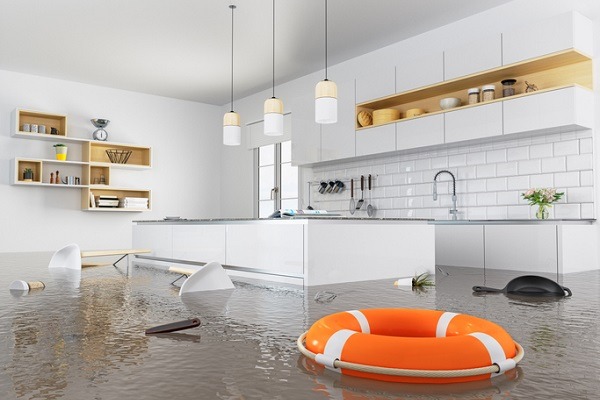
Water Sensor with Adhesive: A Smart Solution for Leak Detection
Share
The advent of smart technology has ushered in a wave of innovative solutions to common household issues. Among these groundbreaking technologies is the water sensor with adhesive. This device seamlessly integrates into various environments, providing an efficient system for detecting leaks and preventing costly water damage. For tech professionals and enthusiasts, understanding how these devices work and their potential applications is essential.
At its core, a water sensor with adhesive employs sophisticated sensors capable of detecting moisture levels. The addition of an adhesive backing allows these sensors to be easily installed in a range of locations, from areas prone to leaks such as basements and bathrooms to more unconventional spots like underneath kitchen sinks or near water heaters. Their versatility and efficiency make them a staple in any smart home setup.

How Does a Water Sensor with Adhesive Work?
Water sensors are equipped with sensitive probes that alert homeowners to the presence of unwanted moisture. These devices typically connect to a smart home system, sending real-time alerts via smartphone or computer notifications. The adhesive feature is crucial, as it allows for device placement in tight or high-risk areas where traditional non-adhesive sensors might struggle to remain secure.
The sensitivity of these probes is designed to catch the smallest of leaks, ensuring that any potential water damage is detected before it becomes destructive. By placing them in strategic locations, users can create a comprehensive monitoring system that guards against water damage.
Benefits for Tech Professionals and Enthusiasts
For tech professionals, the advantages of water sensors with adhesive are clear. They provide a cost-effective method of protecting assets from water damage, which can cause significant financial strain. Furthermore, their seamless integration with other smart technologies enhances the overall functionality of smart home environments.
Technologically inclined individuals will appreciate the advanced features these sensors offer. Many models come with customizable settings, allowing users to set alert thresholds and define what constitutes a leak. This level of control is highly desirable for those looking to personalize their smart home systems.
Installation and Maintenance
Installing a water sensor with adhesive is a straightforward process that requires minimal technical expertise. The adhesive backing ensures that once the sensor is affixed to a surface, it remains securely in place. Maintenance is similarly simple, with many sensors requiring only periodic battery replacements to ensure continued functionality.
For those new to smart home technology, this ease of installation and maintenance can be reassuring. The sensors are designed to be user-friendly, enabling individuals with varying levels of technical skill to benefit from their use.
Related Innovations in Smart Technology
In addition to standalone sensors, there are larger systems available that integrate multiple sensors throughout a home, offering a more thorough water damage prevention strategy. More information can be found in related articles, such as the article on surface mount leak alarms.
Furthermore, innovations in smart technology continue to advance rapidly. For a detailed exploration of such advancements, the article on the technology behind smart water leak detectors provides valuable insights into how these devices work and what future developments may look like.
Challenges and Considerations
While the benefits of water sensors with adhesive are substantial, users should be aware of certain challenges, such as ensuring the adhesive is compatible with installation surfaces and understanding device limitations. For more detailed guidance on installation, consult our tech installation guide.

FAQ Section
What surfaces can I install a water sensor with adhesive on?
Most water sensors with adhesive backing can be applied to a wide variety of surfaces, including tiles, wood, and metal. It's essential to ensure the surface is clean and dry before application to ensure optimal adhesion.
How long do the sensors usually last?
The lifespan of a water sensor with adhesive largely depends on its usage and battery life. On average, these sensors can operate for several years before needing battery replacements.
Can these sensors be integrated into existing smart home systems?
Yes, most water sensors with adhesive are compatible with popular smart home systems, allowing for seamless integration and enhanced home monitoring capabilities.
In conclusion, water sensors with adhesive offer a practical, efficient solution for detecting leaks and preventing water damage. Their ease of installation and maintenance makes them accessible to tech-savvy professionals and enthusiasts alike, cementing their place as a vital component in today's smart home ecosystem.
